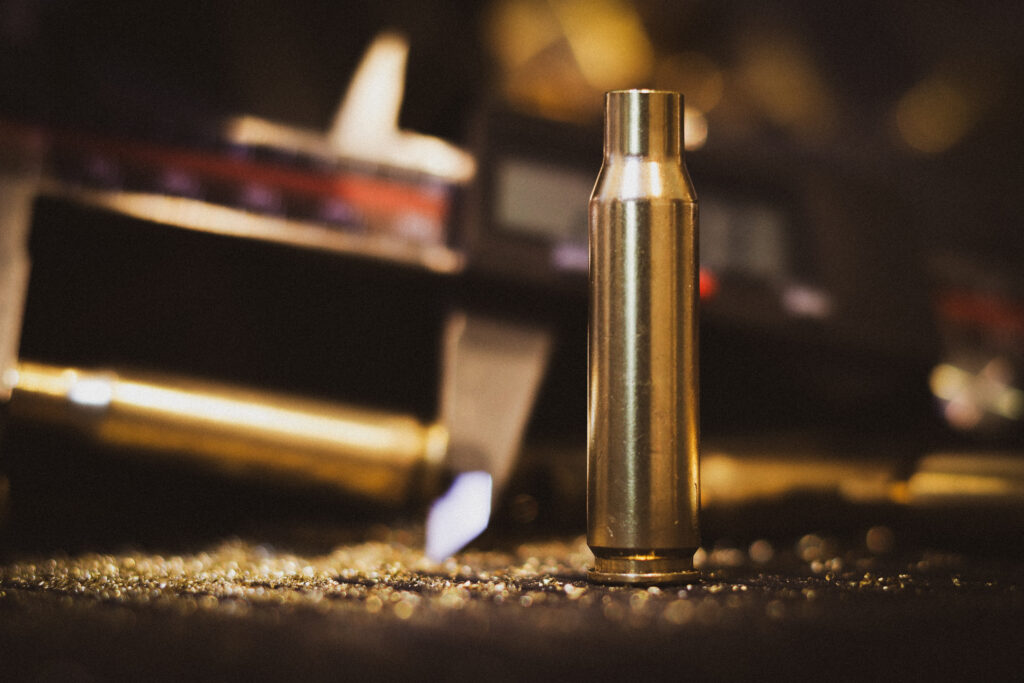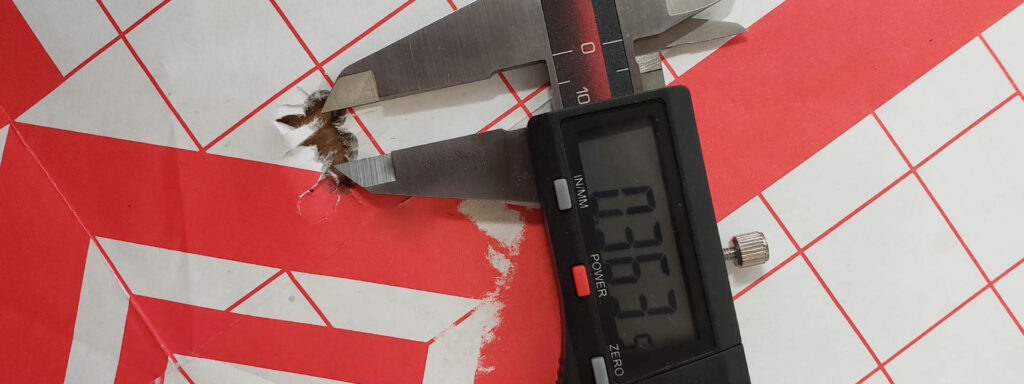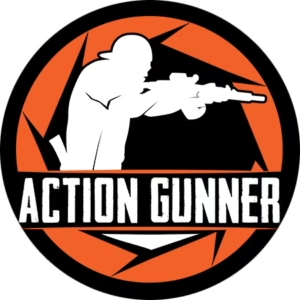A topic of conversation that seems to surface quite a bit while at matches, especially during times of ammunition market volatility, is the value of reloading your own ammo and whether it’s truly worth it. When I first got into competitive shooting, I had made it a point to shoot every local 3-gun match that was available to me in that initial year, and the necessity for thousands of rounds prompted me to explore the realm of reloading, leading to some eye-opening realizations. Do keep in mind that this article is intended for multi-gun competitors with higher round counts, the argument for precision rifle shooters is a totally different animal and quickly defeats much of what I’m about to discuss below.
Looking for a quick calculation? Reloading Costs Calculator

Initially, the economics of reloading seemed straightforward. Back in the day, my components for per round cost 9mm, and .223 ammo hovered around 8-12 cents and 22 cents, respectively. I compared it to buying bulk 1,000-round cases of factory ammo for $180 (9mm) and just under $300 (223). However, the component figures didn’t account for the significant time investment – about 10 minutes per 100 rounds of 9mm and 15 minutes for 223, excluding time for brass collection, sorting, and preparation. Today’s pricing is much tighter in comparison, with primer costs more than doubling – it’s now fairly common to be able to source factory ammunition in bulk for cheaper.
You’ll want to consider the current pricing of primers, powder (1lb of pistol powder typically yeilds 1,100 – 1,500 rounds, 1lb of rifle powder will yield about 280 rounds), projectiles, and where you are sourcing brass from – you’ll either have to collect it or purchase outright.
The upfront cost for equipment – a progressive press, tumbler, case prep station, shell plates, and dies – will easily reach and exceed upwards of $1,200. When considering today’s inflated component pricing, the financial benefits of reloading begin to wane significantly.
Careful consideration will need to be made on where you’ll have this set up. A progressive press, brass prep station, powder scale, and case gages/measurement tools are all critical components to an efficient workflow and are best utilized in a dedicated space. A solid workbench that doesn’t budge when you cam over the press is also key in avoiding a mess with spilled powder and ensuring consistent case sizing or bullet seating.
If you’re primarily aiming to enhance your competitive skills, purchasing bulk ammo and devoting the saved time to dry or live fire practice is a more efficient path. Reloading is a time-consuming process that won’t directly contribute to improving shooting capabilities. I’ll even argue the opposite to be true – I found myself frantically trying to load ammo the night before a match causing undue stress and a major lack of sleep. Though I’ll admit it was always a self-induced situation, it begs to caution that you’ll need additional considerations for the time it takes to prep and load the ammo.

Reloading is not without its challenges, especially for beginners. My initial forays into bulk reloading were fraught with issues like improper headspace, bad neck tension, inconsistent powder charges, and stuck cases. The learning curve can be steep, requiring patience and a willingness to troubleshoot. Every new round requires diligence in working up the load, testing at the range, and adjusting as needed.
Reloading demands meticulous attention to avoid dangerous mistakes like squib loads or double charges. The risk of damaging firearms or causing injury cannot be understated and should be a crucial consideration for anyone considering this path.

Despite these challenges, reloading has distinct advantages. The ability to tailor loads to specific firearms, barrel lengths, and twist rates can be invaluable, especially in long-range matches. For example, I’ve managed to reduce costs for premium 69 or 77 grain ammo to match bulk 55 grain 223 prices, making it an easy choice.
In Heavy Metal division, reloading has also enabled me to create customized .308 rounds, aligning holds with 223 in my Vortex Razor 1-10 or 1-6 optics. For Heavy Limited matches, it allowed flexibility with .45 caliber loads, adjusting grain and charge for optimal recoil control.
Beyond practicality, there is a therapeutic element to reloading. The process of prepping brass or loading rounds can be quite enjoyable, provided you have the time carved out for it. I have found myself looking forward to our winter off-season up here in the North where I dedicate time to loading rounds for the next year.
Ultimately, if saving money is the primary goal, reloading might not be the most viable option. However, for those who relish the process and seek customization and a hands-on approach to their shooting experience, reloading can be a highly rewarding endeavor.
